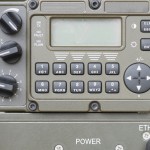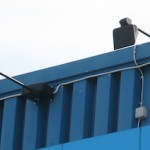The use of wireless . technology has exploded in recent decades and has led to the fact that most individuals today use such technology in some form. This is also a general trend in other parts of the society, such as security and safety applications and for machine-to-machine (M2M) communication. We can also see rapidly increasing use of wireless technologies in critical societal functions such as energy production, transport, logistics, banking and financial systems, and industrial and security applications. This despite the fact that civilian wireless technologies are very sensitive to electromagnetic interference signals.






